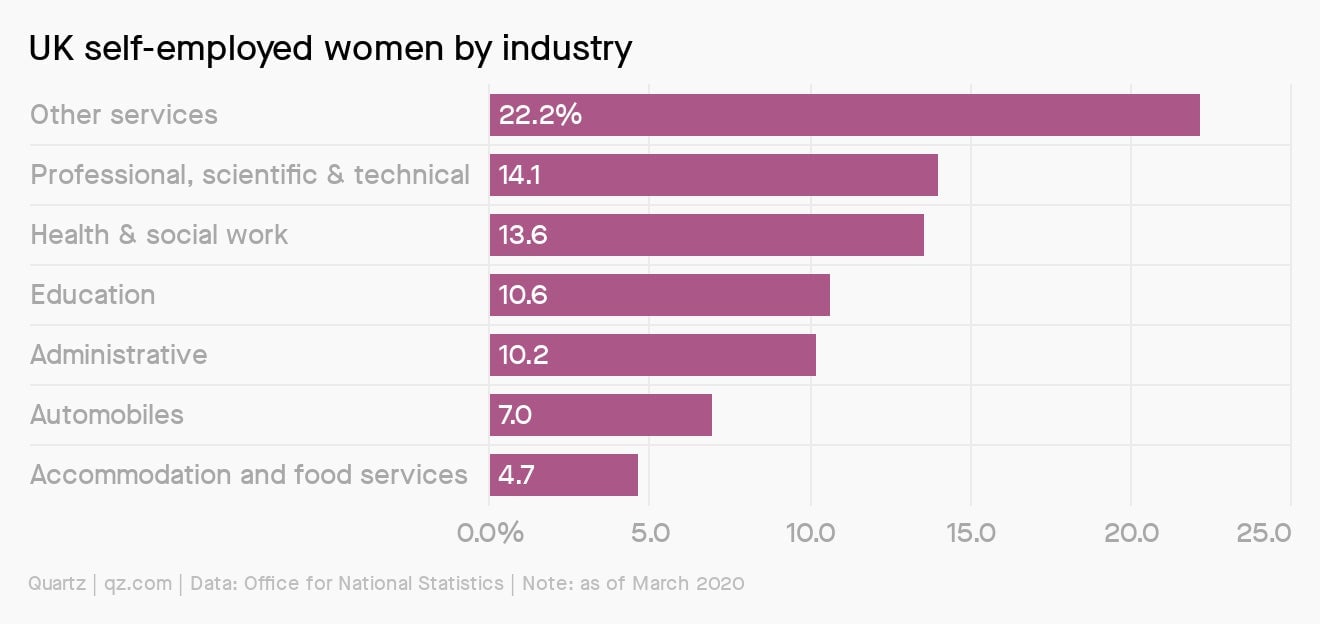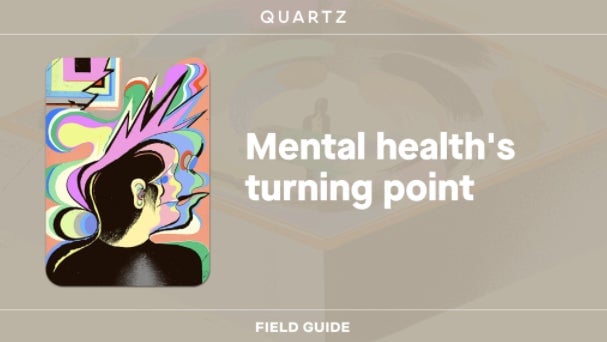The Memo: Mental health’s workplace reckoning
To modern workers everywhere,

To modern workers everywhere,
One of my big takeaways from a trip I made back in November, for EY’s Strategic Growth Forum for US entrepreneurs, had little to do with entrepreneurship—not specifically, anyway. It was about mental health. So many people were talking about it, from big-name CEOs giving keynotes to random conference-goers I met over cocktails. It wasn’t their own mental health they were going on about, mind you, but rather the idea that employee mental health was an issue that could no longer be ignored.
I can only imagine what those business leaders are thinking now. The worldwide coronavirus crisis and the searing racial reckoning taking place in America and beyond are posing serious, wide-scale mental health issues that most executives scarcely could have imagined mere months ago. How will employers, who are still very new to the conversation on mental health, handle the toll these crises will take on their employees’ wellbeing?
There will be many difficult choices ahead. Businesses that stick too closely to the status quo risk reinforcing conditions that make it impossible for employees to do their best work. But accommodating every last need is a potentially costly endeavor that risks the productivity of the whole organization.
As with many of today’s challenges, there is no playbook; what’s clear is that a sizable portion of the global workforce is either in distress or at risk of heading there. As the stigma surrounding mental health finally fades away, employers have all the more room to be brave in talking about how to address it.—Heather Landy
+ Employee mental health is more than just a white-collar concern. Quartz at Work’s Michelle Cheng reports on how the pandemic is changing mental health care access for frontline workers, as part of Quartz’s new field guide on mental health’s turning point. The entire field guide is available exclusively to Quartz members. Not a member yet? Sign up for a seven-day free trial and access the articles.
Five things we learned this week
With a new policy as shortsighted as it is unaccommodating, the US is showing no mercy for international students.
These are the biggest S&P 500 companies without a single Black board member.
How Cloudflare is deciding who gets to go back to the office.
Incoming CEOs who get paid more than the going rate are generally worth it.
In the ultimate display of rational self-interest, the Ayn Rand Institute got approved for a US government loan through the Paycheck Protection Program.
30-second case study
Despite aggressive public programs to keep workers on payrolls and to get money to those who work for themselves, at least 1.4 million self-employed people in the UK—about 2% of the population—have slipped between the cracks, according to government estimates. Many of them are women who sought out self-employment in the wake of the Great Recession, either because they had no other option, or because the flexibility allowed them to attend to the disproportionate share of child and elder care they tend to shoulder, or because their professions have gradually shifted more toward freelance.
A spokesperson for the Treasury says the UK’s Self Employment Income Support Scheme is “among the most generous in the world.” But a host of academics argue that women-led businesses in the UK “have been overlooked and forgotten” by government programs.
The takeaway: Quartz’s John Detrixhe interviewed five self-employed women from around the UK about their lives in the Covid-19 era. Some said they love working for themselves, while others would prefer the stability of regular employment. Not everyone said they needed a government safety net—having a partner can be its own kind of safety net for some people—while others said the emergency measures available could use a rethink. All of them are ready to get back to work.

A quick poll
The year is officially more than half over. So we (and your mother/therapist/highly evolved boss) want to know:
When is the last time you took a day off that wasn’t a company/government holiday? (Select the most recent time frame that applies.)
An upcoming Quartz workshop
Coronavirus has caused a data deluge, and not all of it is as accurate, objective, or up-to-date as it seems. In our July 9 event, “How and When We’ll Recover, by the Numbers,” Quartz’s in-house experts on data, finance, and health will talk with a panel of outside experts to help you better understand which metrics matter the most right now, whether you’re making decisions that impact large groups of people or just informing yourself. The conversation begins at 11am US eastern time. Register here.
✦ Special to Quartz members ✦

One of the earliest examples of telehealth (or telemedicine) in the US dates back to the 1950s, when a hospital and psychiatric facility in Nebraska were connected via closed-circuit television. Today, telehealth includes asynchronous communication, phone and video calls, and monitoring devices that allow doctors to track the health of their patents remotely.
Nearly every field, from dentistry to dermatology, has a remote corollary. But it can be especially natural to practice psychiatry this way: talk therapy, psychological assessment and diagnosis, and medication monitoring all translate well to digital platforms.
Read more about how accelerated adoption of teletherapy has been one of the bright spots in the coronavirus pandemic in our field guide on mental health’s turning point.
Not a member yet? Subscribers to The Memo can get 40% off the first-year Quartz membership price of $99 by using the code QZFLASHSALE. Sign up for membership and support our journalism.
Words of wisdom
“We’re living in a moment in time when the dictates of justice couldn’t be more obvious or action more urgent, and when corporate America never has been more aligned on the business imperative.”—Paul Knopp, KPMG’s new US chair and CEO, introducing his team’s five-year strategy to accelerate employee diversity and equity.
ICYMI
Can a simple strategy that helps doctors fight burnout work for the rest of us? Last June, Quartz at Work brought you the story of Schwartz Center Rounds, a program developed in 2002 and today used in more than 600 hospitals around the world to help medical staff take a break from diagnosing problems and simply discuss their feelings. It’s been remarkably successful. As author Corinne Purtill noted, “For all the time and money spent trying to figure out how to prevent physician burnout, substance abuse, and suicide, there appears to be transformative power in simply being able to say out loud, ‘This happened, and it sucked’ in a room of people who understand.”
You got The Memo!
Our best wishes for a productive and creative day. Please send any workplace news, comments, objectivist loans, and effective teletherapy to [email protected]. Get the most out of Quartz by downloading our app and becoming a member. This week’s edition of The Memo was produced by Heather Landy, Sarah Todd, John Detrixhe, and Jackie Bischof.